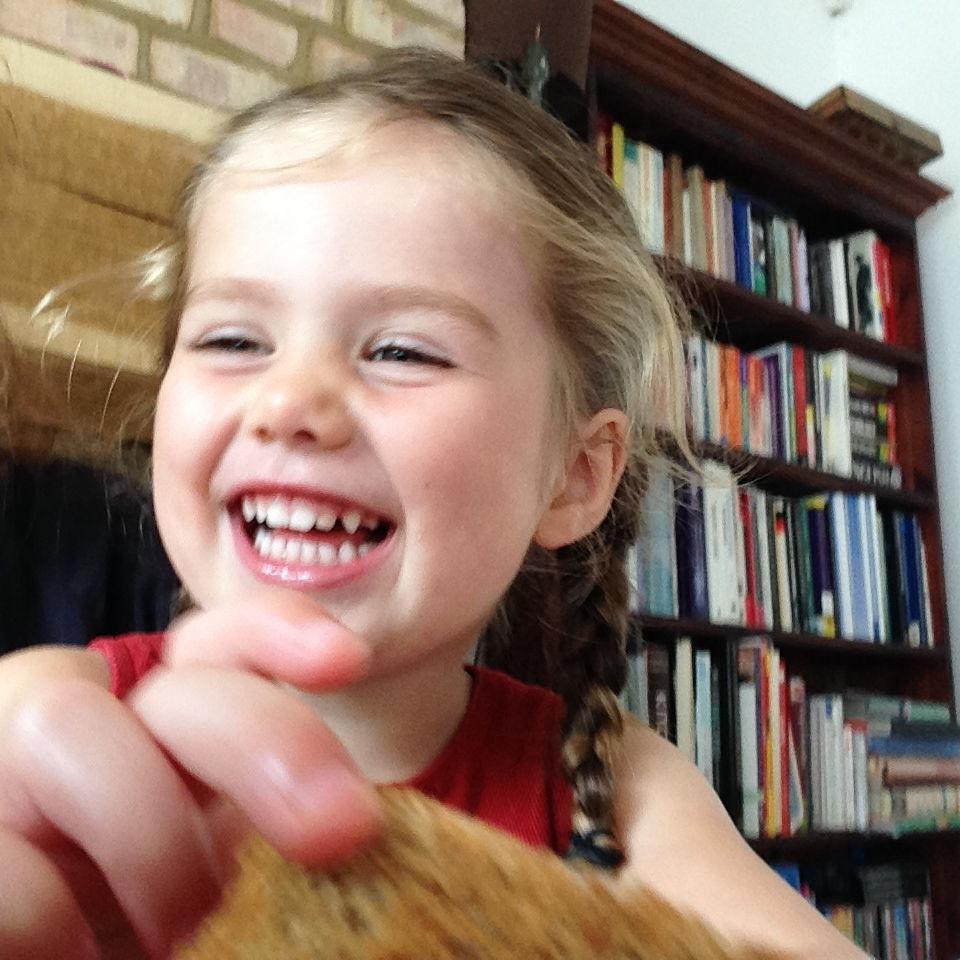Anxiety in Children and Teens: Help with the Physical Symptoms.
- Dr Joanne Stuart

- Aug 14, 2020
- 4 min read
Updated: Apr 29

It can be very distressing to have an anxious child. Perhaps they are refusing to go and meet with family, complaining they have a stomach ache. Maybe they are declining invites to a friend’s house, and cannot explain why they don’t want to go. It is common to find that all the reassurance, compassion and kind
words have no impact on the situation.
Anxiety happens in children and teens much as it does with adults. Something feels like a threat, and our fight or flight response kicks in, with cortisol and adrenaline being produced at a rapid rate. This can make them feel dizzy, nauseous, tight-chested, hot and sweaty. They might experience hot flashes, fast breathing, and tight muscles. These feelings can impact on what your child is able to participate in, for instance finding it hard to sleep, go to school or socialise.
Below are some ideas to try to help relieve your child’s physical symptoms. Please be aware that this article just focuses on the physical strategies, and there may be some other solutions which are more thought or behaviour based which they could benefit from. I would advise giving any strategy a good try, before you decide that it is not the right one for your child.
Although they are broadly divided into strategies for children and teens, some of these are interchangeable, depending on their developmental level and their interests.
Strategies for children

Deep breathing:
This is something they can practice when they are feeling calm, and can then be of use when they are feeling anxious to help calm their heart rate and manage their physical symptoms.
Having a visual focus can help them learn these techniques more effectively.
· Balloon Breathing
Ask your child to close their eyes and imagine blowing up a balloon. They can choose the colour of the balloon, and then explain that they need to exhale slowly to inflate the balloon. You could teach them to breathe in for a count of four, hold for four, and then breathe out to inflate the balloon for a count of four. They can repeat this until the balloon is inflated. If it helps they could write a worry onto the balloon before they let it go and watch it float away.
· Rainbow breathing
Ask your child to lie down, and play some calming music if this helps. Teach them to inhale slowly, and then pause and breathe out, and imagine releasing a colour in the breath. You could get them to think about things which are that colour, which could be in their imagined breath. Repeat for all the colours of the rainbow.

Give yourself a hug
When people hug, a hormone called oxytocin is released. As well as giving your child a hug, you might want to teach them to also hug themselves. Teach them to fold their arms and squeeze their body.
Dealing with nausea
Feelings of nausea can make children feel that they don’t want to eat. Again, a balloon image can be helpful here. It could be useful to imagine a balloon filling the stomach, causing the nauseous feelings, and you could get your child to pop the balloon in their imagination. They might want to draw a picture of it to help them do this.
Relaxation techniques
To help with the sensation of tight muscles, you could use a relaxation exercise, where they imagine being ‘floppy’ like a rag doll. A good example of this is in the link below. If the rag doll doesn’t really fit with them, it could also be a teddy or other soft toy.
Another way of getting children to relax is to get them to push against a wall, thus tightening their muscles in the process. Get them to push against a wall, with all their might, making sure that they include their arms, legs, stomach and back, hold for a count of 10, then rest, and repeat 3 times.

Dancing is also a good way to help children relax. Get them to put on some of their favourite music, and you could join them in some freestyle moves! They could also sing along, too.
Strategies for teens
Depending on their age and interests, they might find some of the strategies in the previous section helpful. Here are some additional techniques for the older age group.

Yoga
Stretching muscles i.e. by doing yoga poses is a good way to help relieve some of the physical tension in their muscles and reduce their heart rate. They might want to try a class, or use a DVD at home, or look up some videos on YouTube.
Progressive muscle relaxation
They might feel ready to do a longer relaxation exercise. Please see the blog entitled progressive muscle relaxation, for some techniques around this.

Sweat it out
Exercise releases endorphins, the feel good chemicals in our bodies. Intense exercise, more intense than normal physical activity, can reduce the body’s response to anxiety. Cycling, running, hiking and climbing would all be good challenges for your teen.

Having a relaxing scent
Smell goes straight to the emotional centres of our brain, and a relaxing smell can therefore bring quick relief to anxious feelings. You might want to get them to find a smell which they find comforting, e.g. a favourite shower gel, perfume or soap, and get them to find a portable version of this that they can carry around with them.
As already mentioned above, give all these strategies a chance to work, before you decide that they are not the best for your child.
by Gemma Lutwyche









Comentários